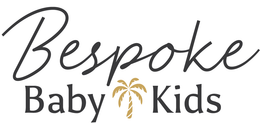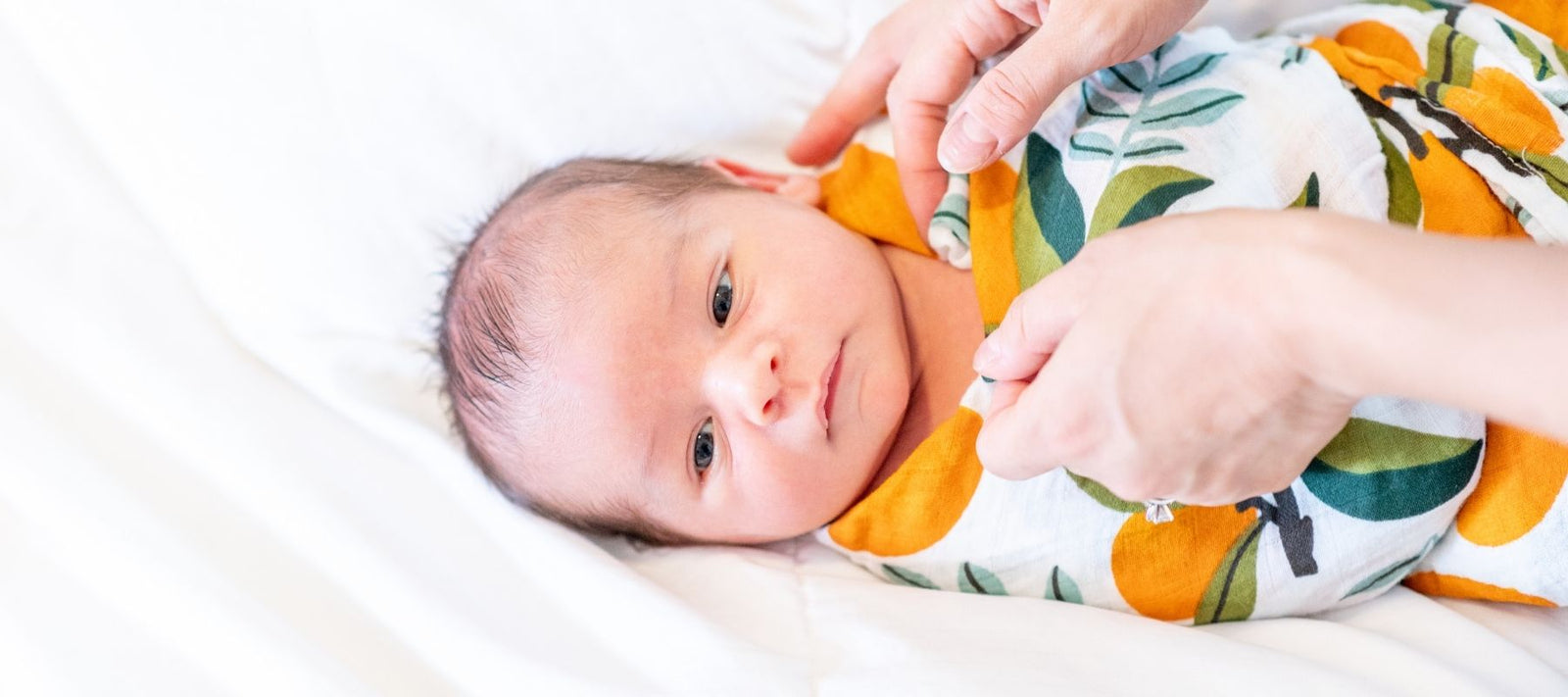Swaddling babies from birth and throughout their early infancy is a tradition that has existed in various parts of the world for centuries. However, as with most things in life, baby swaddles have evolved over time. If you're a first-time parent seeking answers on how to wrap a baby and when to stop swaddling, you are not alone!
Before making any decisions, you should first acknowledge the fact that no two babies are the same. Therefore, it’s important to do what’s best for your baby (don’t worry, your gut instinct will usually know what to do), even if this isn’t your first child. Nonetheless, it helps to educate yourself on the subject. Here's some things for you to consider;
Why Swaddles Are Commonly Used for Newborn Babies?
The concept of a swaddle wrap for newborn babies is one that essentially stems from the concept it mimic's the feeling of being in the womb. It is meant to provide your child with the warmth and soothing feeling of being cuddled.
It is also known encourage a better night’s sleep in most babies. You are typically taught how to wrap you baby by midwives with a wealth of experience in newborn babies, which is another clear indication that it is an ideal sleep routine in the early stages of infancy.
Sleeping your baby in a wrap is designed to achieve;
- Make them feel comforted and alm before sleep,
- Reduce startle reflex and other movement disturbances
- Keep your baby a consistent temperature throughout the night,
- Support babies with colic and related issues.
Using swaddles has received some criticism in recent times due to some sensationalist headlines following research into swaddling and SIDS (sudden infant death syndrome). In reality, the studies showed that they are actually very safe and can reduce the risk of SIDS. The dangers only occur when your child is not wrapped correctly or is allowed to sleep on their side or front. As long as they are placed on their back, as intended, it is commonly accepted to be safe.
How To Wrap A Baby
As mentioned, wrapping a baby can provide a calming and safe sleep experience, but only if you wrap your child in the correct fashion. These written steps should help you;
- Create a triangle with the blanket.
- Place your baby on the blanket with their shoulders just below the fold.
- Place your baby’s right arm by their side, slightly bent.
- Pull the blanket over their shoulder and tuck under the baby.
- Repeat the two steps above with the left arm.
- Pull the bottom of the blanket from below the feet to the baby's chest and tuck it in.
In addition to using a muslin wrap or cotton blanket, you can purchase specialised swaddles. Different types include; a swaddle wrap with velcro, a sleep bag with zipper, options to have arms up or arms out.
You might need to try a couple of different designs to find the one that is perfect for you and your baby.
This YouTube Video will take you through the various steps of using a blanket to wrap your baby.
The Benefits and Risks of Swaddles
Buying a specialised swaddle is another expense, especially as your child won’t be in it for long. Nonetheless, it can be a good investment for any parent that desperate to get some sort of sleep or is worried about whether they’ll wrap the blanket correctly. The positioning is under control while the tightness is easier to get right too.
Another significant issue to consider is your child’s hips. As described by Healthy Children, a tight wrap around the legs could lead to hip dislocation or Hip Dysplasia. However, it is not an issue that impacts well designed swaddles and standard muslin wraps and blanket swaddles
Finally, you should always understand and educate yourself on the risks of choosing to swaddle a newborn. Here are some key things to keep in mind and reduce your risks.
- DO NOT SWADDLE TO TIGHT. If your baby has trouble breathing it can increase the risk of SIDS
- CHOOSE THE RIGHT SWADDLE. In summer use lightweight swaddles and avoid using swaddles and blankets to ensure baby's DO NOT OVERHEAT.
- STOP wrapping or using swaddles when your baby can roll over. When they start rolling over, they should move to a sleep sack with their arms out so they can push themselves on their backs or sides.
- DON'T wrap your baby while breastfeeding. We know it's tempting to let Bub fall asleep on the boob then place them on their back in the cot. You want your baby to be alert and enjoy a good feed. A swaddled baby is more likely to fall asleep (faster) and not take a full feed.
- DO make sure your babies legs have room to move up and down (like little froggy legs) to avoid risk of hip issues
- ALWAYS make sure your babies face (and cot) is clear and free from anything that get in the way of breathing.
- ALWAYS seek and follow medical advice from a midwife, GP, Pediatrician or other qualified medical professional if you are unsure something.
What If Your Baby Doesn’t Take To Swaddling
Swaddling is safe for most babies, although they should not be wrapped when sharing a surface with another person, as per Pregnancy Baby Birth. While most babies react positively to the cuddle-like sleeping environment, others may feel trapped and restricted. If this is the case, they will let you know.
While you may have read about the potential benefits for both you and your baby, there is no value in making your child upset or uncomfortable. You can try loosening the wrap slightly or switching to an armless swaddle. If that doesn’t work, be prepared to lose it altogether.
Ultimately, keeping your baby healthy and happy is far more significant than following any guidelines.
When To Stop Swaddling Your Baby
In addition to knowing how to swaddle a baby safely, you should familiarise yourself with the signs that it is time to stop swaddling your baby. As with most aspects of swaddling, it is important to remember that all babies are unique. Consequently, there is no set rule or timeframe of when you should remove swaddling from the nightly rituals.
Nonetheless, there are several signs to look out for. If you notice any of the following, it is time to stop swaddling;
- Your baby is starting to roll over. While this usually happens at 4-6 months, some babies do it after just a few weeks.
- Your baby shows signs that no longer enjoy the swaddle. In addition to crying, this could simply mean they don’t go to sleep easily.
- You feel uncomfortable with your baby sleeping this way. After all, your son or daughter will pick up on your stress and anxiety.
Find more interesting articles to read;

